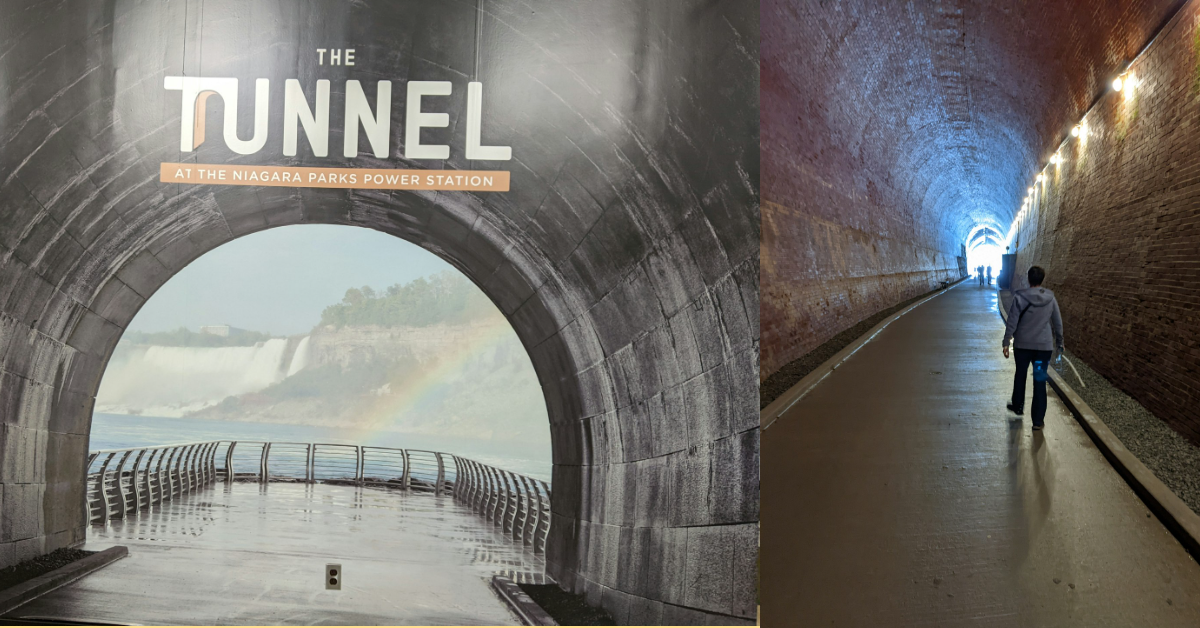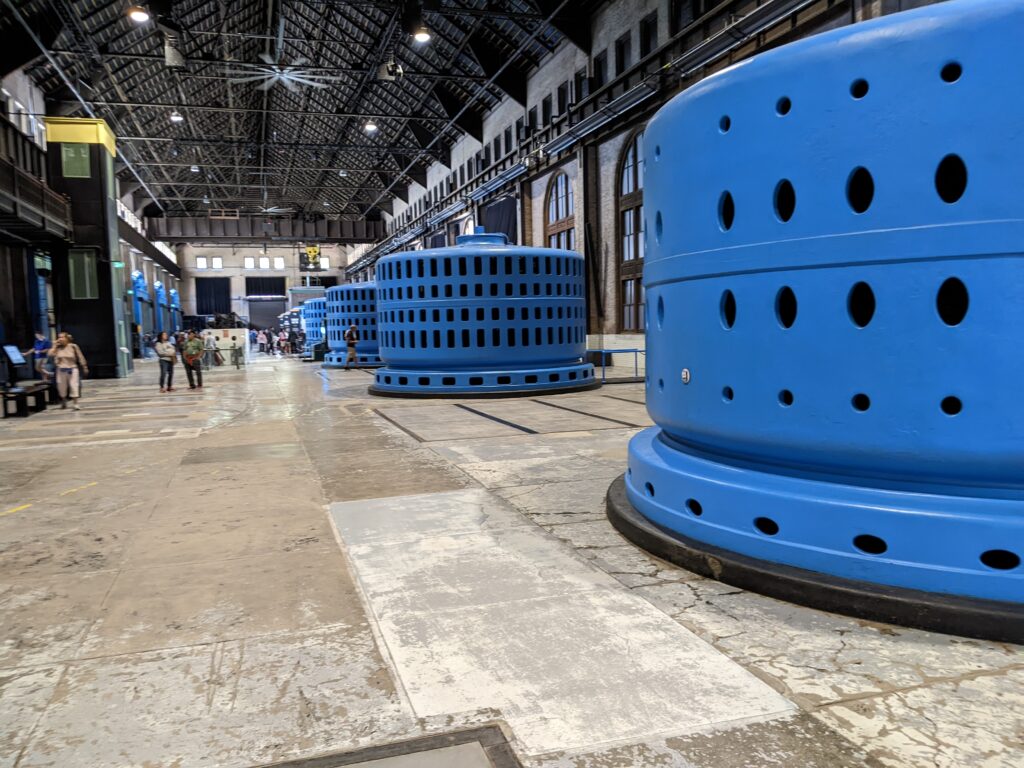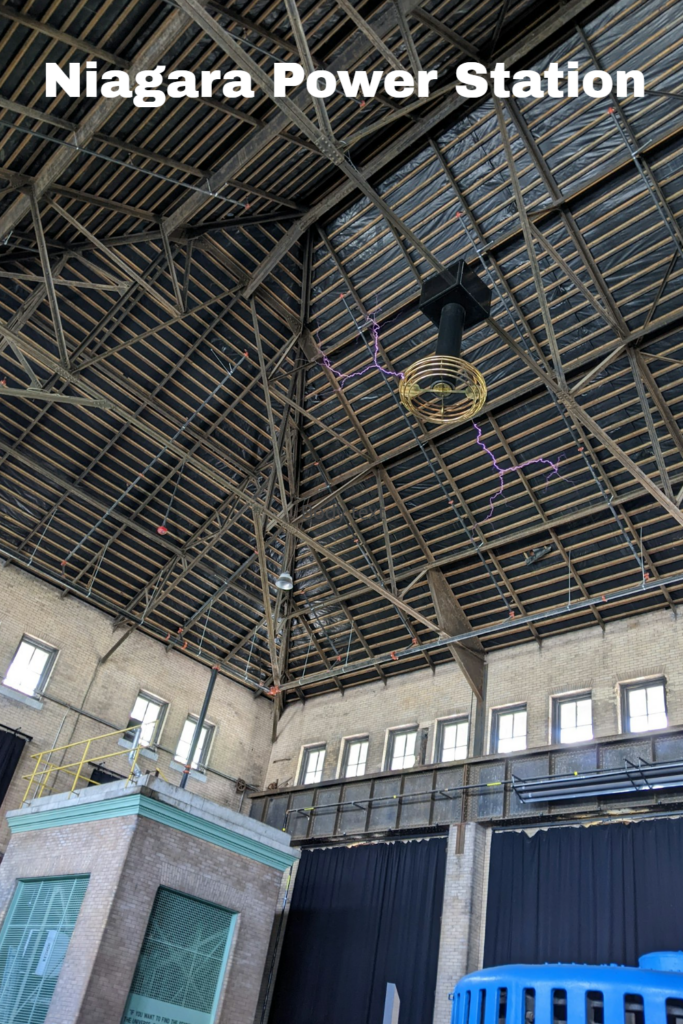The Tunnel and the Niagara Power Station: Engineering Marvels

The Niagara Power Station and the Tunnel are symbols of monumental contributions to engineering and renewable energy. Two intertwined marvels that symbolize human ingenuity in harnessing nature’s power are the Niagara Power Station and the newly constructed Niagara Parks Power Station Tunnel. Together, they represent a century-long journey of technological evolution, environmental consciousness, and innovative energy solutions.
 The Niagara Power Station: A Legacy of Hydropower Innovation
The Niagara Power Station: A Legacy of Hydropower Innovation
The Niagara Power Station, officially named the Canadian Niagara Power Company Generating Station, opened in 1905. This power station was one of the earliest large-scale hydroelectric facilities in the world, built to tap into the immense power of the Niagara River and its iconic falls. Located on the Canadian side of the river, it showcased the burgeoning potential of renewable energy at a time when the Industrial Revolution demanded more efficient power sources.

Designed by the visionary engineer Edward Dean Adams, the power station featured a pioneering alternating current (AC) system. This was a testament to Nikola Tesla’s and George Westinghouse’s efforts to prove AC as a more viable and efficient means of power transmission compared to direct current (DC). The station’s success played a pivotal role in cementing AC as the global standard.

![]()

The facility was constructed using a “run-of-river” design, channeling water from the Niagara River through a 2,000-foot-long intake canal to massive turbines inside the station. This process transformed the potential energy of falling water into mechanical energy, which was then converted into electricity via generators. The power generated was transmitted as far as Buffalo, New York, proving the feasibility of long-distance electricity transmission.
Architectural Grandeur
Beyond its technical accomplishments, the Niagara Power Station was a symbol of architectural magnificence. The building was designed in the Beaux-Arts style, blending functionality with aesthetic grandeur. The exterior featured classical columns, intricate stone carvings, and grand windows, making it not just a powerhouse but a landmark of industrial elegance.
Inside, the massive generator hall was equally impressive. Rows of turbines and generators lined the space, operating with a quiet yet powerful efficiency. The integration of engineering and artistry reflected the spirit of the early 20th century—a time when infrastructure projects were celebrated as cathedrals of progress.

Environmental Impact and Adaptation
While the station was a technological marvel, its construction and operation had environmental consequences. Diverting water from the Niagara River altered local ecosystems, impacting fish migration and aquatic habitats. Over time, environmental regulations and technological advancements helped mitigate these effects. For instance, fish-friendly turbines and reduced water diversion ensured a more sustainable operation.
In 2006, after more than a century of operation, the original power station ceased operations, and newer facilities with higher efficiency took over. However, the building remained, a testament to its historical and technological significance.
The Tunnel: Unlocking New Wonders
The tunnel was originally built as a water channel for the Niagara Parks Power Station, which operated from 1905 to 2006. It carried water used to generate electricity back to the Niagara River.
In recent years, the Niagara Parks Commission undertook a transformative project to repurpose the decommissioned Niagara Power Station into a tourist attraction. This ambitious initiative included the development of a 2,200-foot-long tunnel, providing visitors with a unique perspective on the station’s inner workings and the mighty river it harnessed.
The tunnel project, which was opened to the public in 2022, was a remarkable feat of engineering. Workers excavated and reinforced the existing tailrace tunnel, which had been used to return water from the turbines to the river. The tunnel’s restoration was challenging, requiring meticulous preservation of its historical integrity while ensuring modern safety standards.
A Journey Through the Tunnel
Visitors to the Niagara Parks Power Station can now descend 180 feet below ground via a glass-enclosed elevator, entering a world of history and innovation.

The tunnel is a cylindrical marvel, its walls echoing the stories of the workers who built and maintained it over a century ago.

The walk along the tunnel culminates in an observation platform at the river’s edge, offering a stunning view of the lower Niagara River and the powerful current that once fueled the station.


The tunnel experience also features interpretive exhibits, interactive displays, and multimedia presentations. These elements provide insight into the science of hydropower, the engineering behind the power station, and the broader impact of renewable energy.
Economic and Cultural Significance
The Niagara Power Station and its tunnel have become important cultural and economic assets for the region. The station’s repurposing into a tourist attraction has revitalized local tourism, offering visitors a unique blend of history, education, and adventure. It also highlights the importance of preserving industrial heritage, ensuring future generations can appreciate the ingenuity and labor that shaped modern energy systems.
A Symbol of Renewable Energy’s Future
The Niagara Power Station and tunnel serve as reminders of the enduring value of renewable energy. As global concerns about climate change and fossil fuel depletion grow, hydropower remains a cornerstone of sustainable energy solutions. Facilities like the Niagara Power Station illustrate how natural resources can be harnessed responsibly to power industries, cities, and homes.
Moreover, the station’s transformation into a cultural site underscores the importance of adaptive reuse in addressing the challenges of our time. By repurposing old infrastructure, communities can reduce waste, preserve history, and create new economic opportunities.
Symbols of Human Achievement
The Niagara Power Station and its accompanying tunnel symbolize human achievement. From their origins as cutting-edge engineering projects to their current roles as educational and cultural landmarks, they embody the evolution of energy and infrastructure. They remind us of the importance of innovation, environmental stewardship, and the enduring power of human creativity. As visitors walk through the tunnel or marvel at the station’s grandeur, they step into a narrative that spans decades—a story of progress, challenges, and the relentless pursuit of a brighter, more sustainable future.


